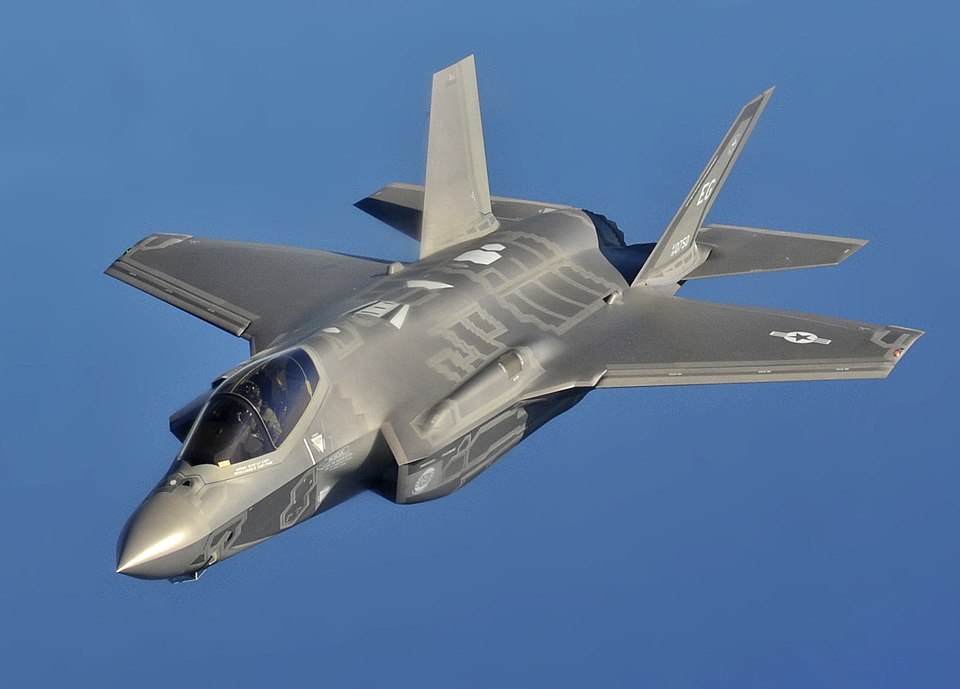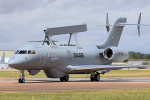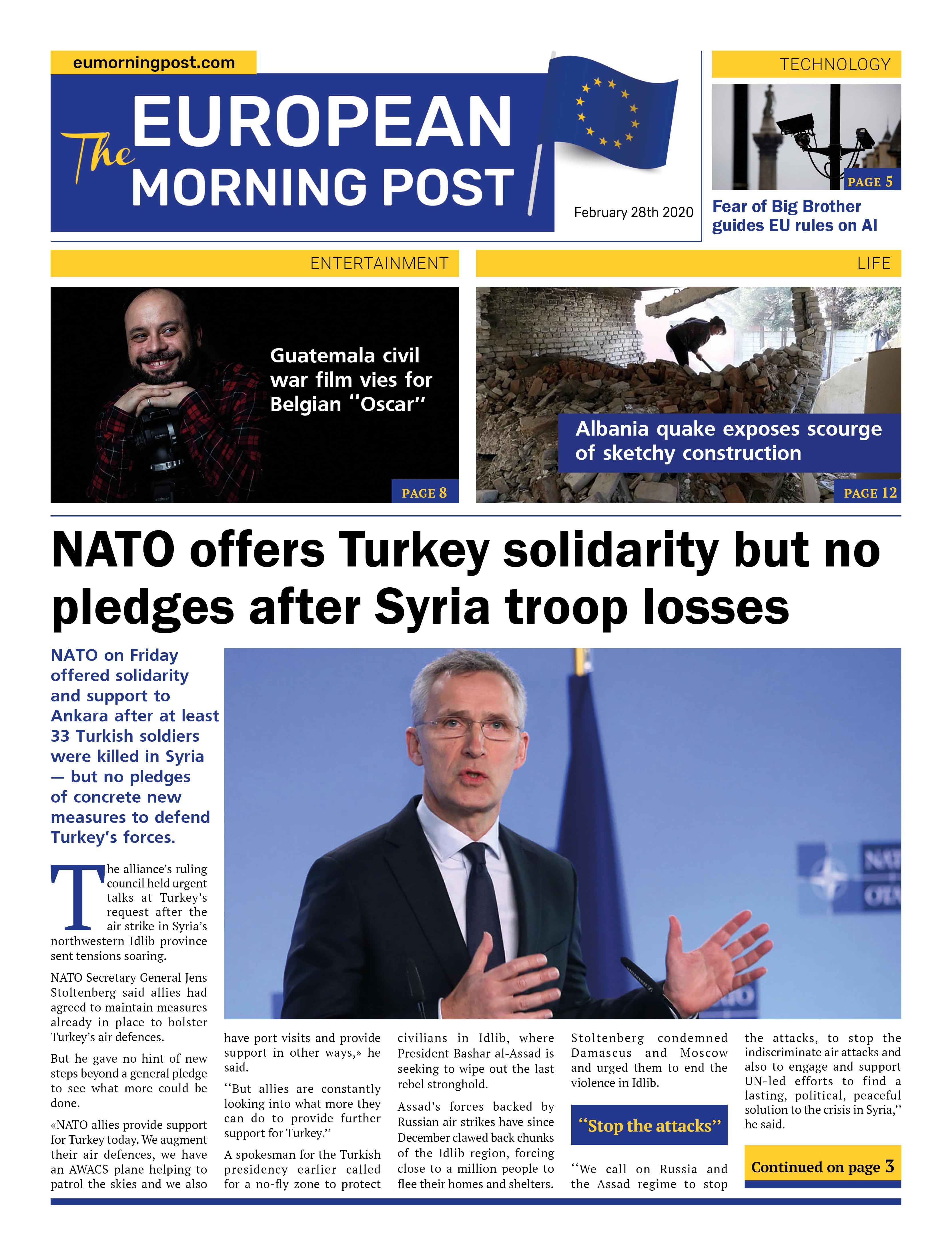
The German government is preparing to purchase an additional 15 of the U.S.-manufactured F‑35A fighter jets from Lockheed Martin, according to a parliamentary source who spoke to Reuters.
The figure backs a report by the German magazine Der Spiegel, which cites confidential budget documents submitted to the Bundestag’s defence committee.
What the numbers show
The planned extra aircraft are estimated to cost around €2.5 billion (approximately US $2.9 billion), according to the documents. Germany has already committed to ordering 35 F-35As in its earlier procurement plan, which were intended to replace its ageing fleet of 85 Panavia Tornado fighter jets.
Strategic context
The Tornado aircraft currently used by the German Air Force have served a pivotal role in NATO’s nuclear-sharing arrangement, including the capacity to carry U.S. nuclear weapons stored in Germany if a conflict arises. The F-35A is slated to take over that role, alongside broader modernization efforts.
For Berlin, the proposed additional jets reflect a widened defence budget and an evolving security environment. Germany’s “Zeitenwende” (turning-point) defence policy has already led to increased procurement, and this measure fits within that broader push.
Political and industrial implications
The extra order still requires formal approval by the Bundestag’s budget committee and subsequent negotiations with Lockheed Martin and the U.S. government. According to reports, the supplemental aircraft could be delivered in the early 2030s.
However, the move may stir tensions within Europe’s defence-industrial landscape. Germany is a partner in the joint Franco-German-Spanish fighter programme known as the Future Combat Air System (FCAS, often called SCAF in France). Some European allies have expressed concern that Germany’s growing dependence on U.S. platforms may undermine European strategic autonomy.
Why the shift now?
In July of this year, German officials denied plans to acquire an additional 15 F-35s. But since then, the defence budget has expanded significantly, and the confidential submission to parliament signals changed priorities and increased financial flexibility. The earlier idea of an extra 15 jets was already under discussion, though exact numbers and timing were not yet settled.
What comes next
If the Bundestag grants budget approval, Germany will move into negotiation phases with Lockheed Martin and the U.S. government, covering technical configuration, delivery schedules, and integration with existing German air-force infrastructure. Preparatory work is already underway at bases such as Büchel Air Base, which will host the F-35 and manage the nuclear-sharing mission.
The decision also sets the stage for broader procurement decisions within Germany—complementary orders in European programs like the Eurofighter are proceeding in parallel, as Berlin seeks to balance reliance on U.S. defence systems with European-based capabilities.
The wider landscape
Germany’s move aligns with NATO’s push for greater spending and readiness among member states. Meanwhile, other countries are evaluating their own decisions regarding the F-35. For example, some allies are reconsidering U.S. purchases amid concerns over cost, strategic autonomy and industrial return.



































